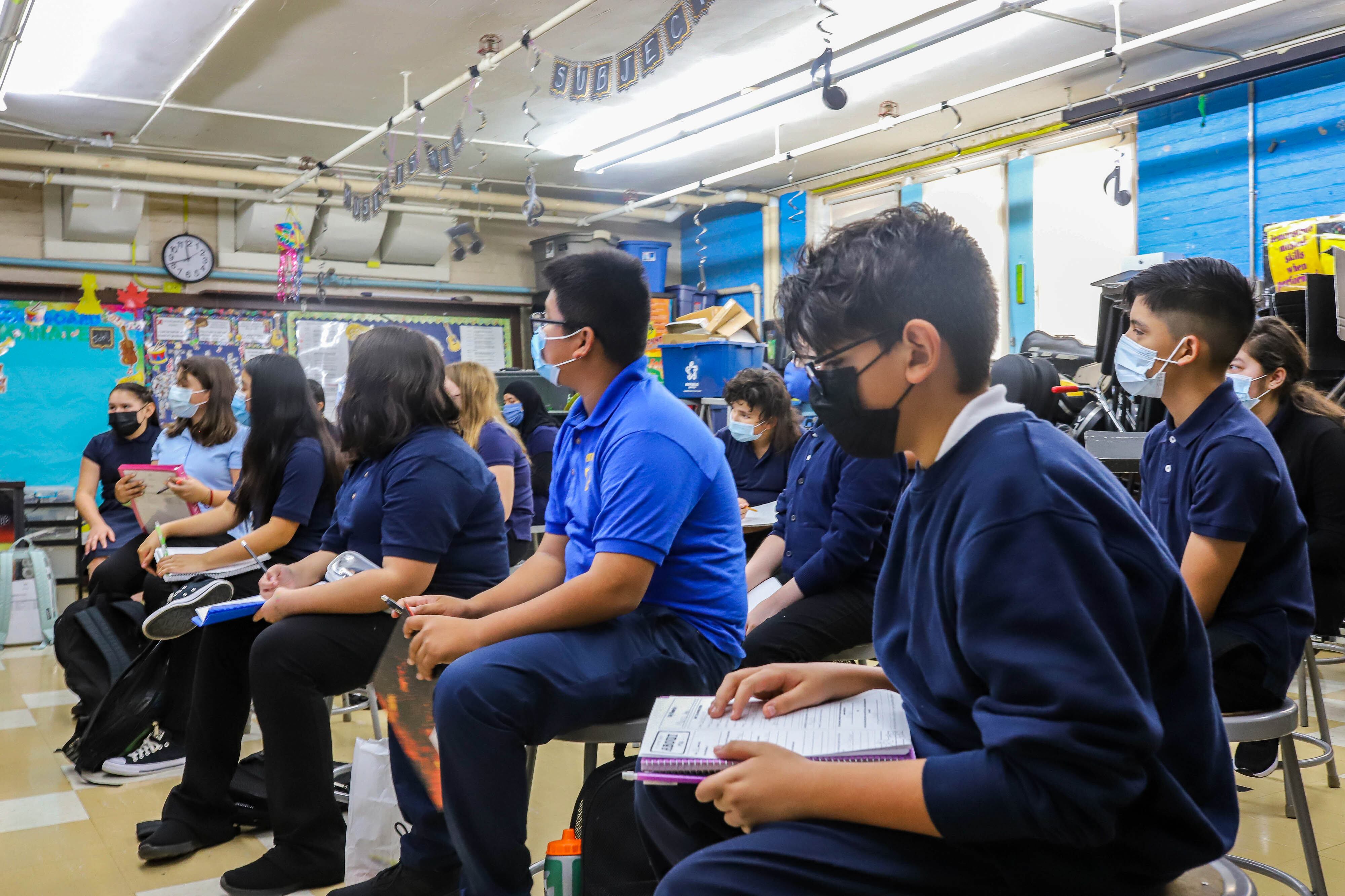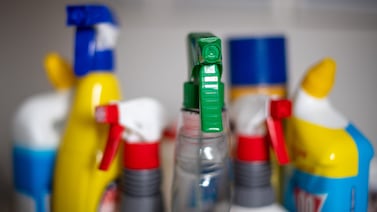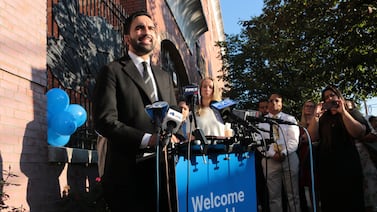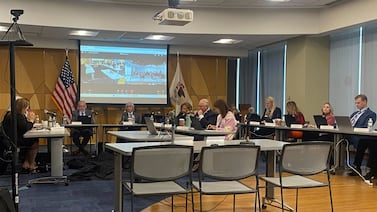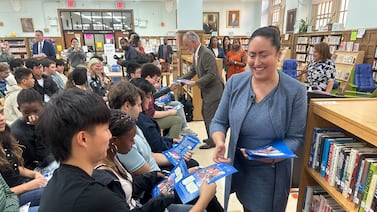Michigan students are making academic progress, but it’s not fast enough to fully make up for losses over the past two years.
Students who learned remotely in 2020-21 because of the pandemic continued to learn more slowly than their peers in 2021-22 even after they were back in classrooms. And the school districts where students improved the most last year were the ones that provided students with highly individualized instruction.
These are among the findings in a pair of reports released this morning by the Education Policy Innovation Collaborative at Michigan State University. The results are important for understanding where education resources need to go in the aftermath of the pandemic, the EPIC researchers said.
“Everyone thought we’d continue to accelerate learning in 2021-22 and kids would be back on track,” said Katharine Strunk, director of EPIC. “We’re just not seeing that. They’re not close to being back to where they need to be achievement-wise.”
The findings aren’t unique to Michigan, Strunk said.
Neither were district administrators’ struggles to balance health concerns against academic needs as they decided whether to offer in-person instruction during months when COVID was spreading rapidly.
“I don’t know that our focus was any different than anybody else’s globally,” one district administrator told EPIC researchers. “For us, it was definitely safety, and really safety of our staff, our students, and our community members. … I think it’s safe to say nobody had ever felt that level of fear.”
The good news, Strunk said, is that researchers were able to identify strategies that make a difference. They interviewed school leaders and teachers in five districts where test scores grew at higher rates than other districts with similar demographics and modes of instruction during the pandemic. EPIC did not identify the districts studied.
One thing they had in common was individualized support for students, including after-school tutoring and individualized learning plans based on specific academic needs identified on diagnostic tests.
That held true whether students were learning online, in person, or a combination, according to EPIC’s research partners at the University of Pittsburgh and the research arm of NWEA, the nonprofit that developed the math and reading tests given twice a year to assess the academic growth of students in kindergarten through eighth grade.
The districts also set aside time during the school day for students working on the same learning standard to receive small-group instruction.
“These were districts that were able to continue the work of teaching and learning under very challenging circumstances,” said Ayesha K. Hashim, of NWEA.
Some districts created learning labs to address students’ specific learning deficits, researchers said. Others created spreadsheets to track student engagement so teachers could intervene when patterns emerged.
Teachers “worked in grade-level teams to know what students specifically needed and made sure every person working with that student was on the same page,” Strunk said. “They made sure every student received the instruction that particular student needed. That is a big lift for teachers to do, especially in the middle of a pandemic when everything is hectic and they’re switching modalities.”
They also focused on teaching core skills students would need to succeed in the next grade level.
“If you just try to jam two years of curriculum into one year, you can’t,” Strunk said. “It’s just not possible.”
Instead, she said, teachers in the five districts identified building-block skills and focused on those.
Among other characteristics the five districts had in common were readiness to navigate crises, two-way communication with families, and prioritization of social-emotional learning.
Although COVID-related school closures are in the past, the findings remain instructive, researchers said.
“The things we identified are helpful for student learning even if you aren’t in a crisis period,” Hashim said. “These are practices that work.”
Tracie Mauriello covers state education policy for Chalkbeat Detroit and Bridge Michigan. Reach her at tmauriello@chalkbeat.org.

